Why must the functional fade into the background?
Sure, your toilet is a functional item, but it can still be a design feature.
Since Thomas Crapper (yeah that really was his name, and it's commonly believed that's where today's slang originated) invented the U bend back in 1880, the popularity of indoor household "plumbing" has been on the up. The development of the U bend allowed water to form a "trap" between the toilet bowl, or pan, and the drainage pipe, preventing smells from the drains wafting back into the house. Particularly in the last 40 or 50 years the design of toilets has been a true evolution, with concepts such as the concealed cistern and the wall hung pan, alongside design and production improvements aimed at improving performance and reducing water consumption, such as the dual flush system, internal overflows and, quite recently, the rimless pan. Incredibly the U-bend is still very much in use, somewhat refined, but still in principal the same.
The arrival of the soft-close toilet seat meant no more banging from the bathroom, especially after midnight, and modern flushing systems help to minimise noise too. Of course it could be argued that these features have developed to help keep the toilet inconspicuous, but these idiosyncrasies only help towards subtilty, one of the great wisdoms of bathroom (and any) design.
Extoling the design virtues of a toilet may seem a little tasteless to some,
however this is one piece of kit we all need in our daily life, so the humble toilet is something we all need to consider within our bathroom plans. Here we have design driven by necessity.
But, Enough of Subtilty, Let's Go Bold
Sometimes making a statement is the way to go! Many toilets are designed to fit in with particular themes, and often a design statement can be made through a bold loo.
A plethora of examples are available to fit into a Period or Traditional theme.
Now, you can be really bold with painted patterns:
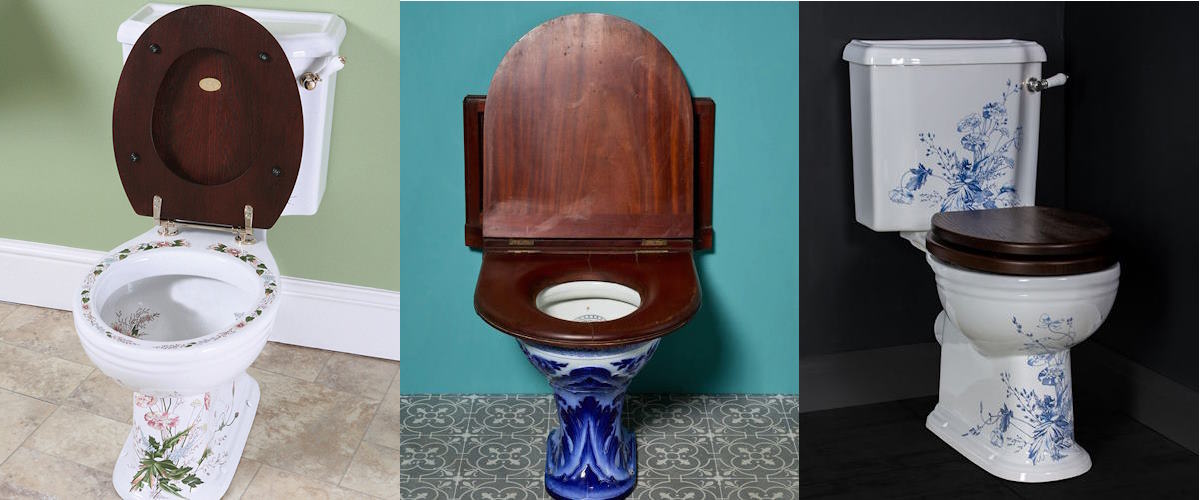
Or a little less so by simply using shape and form:
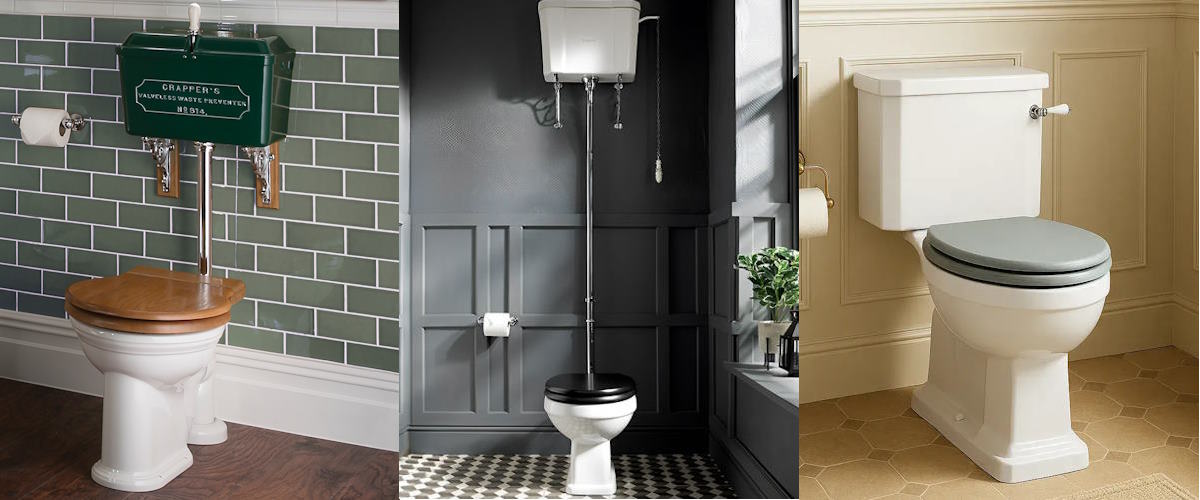
It's not just about tradition, Contemporary offerings are plentiful for those who Focus on the Modern:
The pure minimalist is catered for:
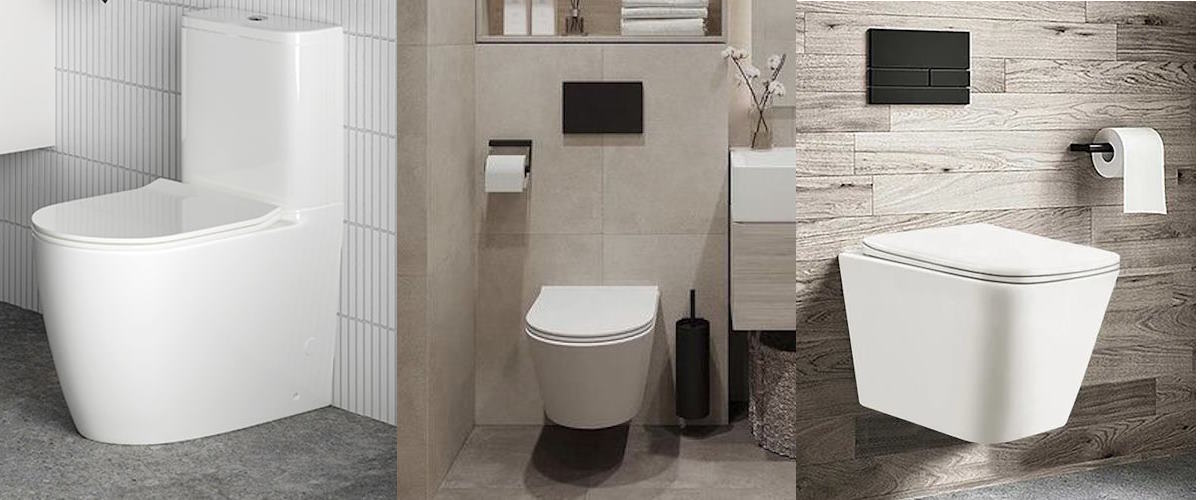
Also the forward thinkers seeking a little more shape and warmth, and maybe even some colour:
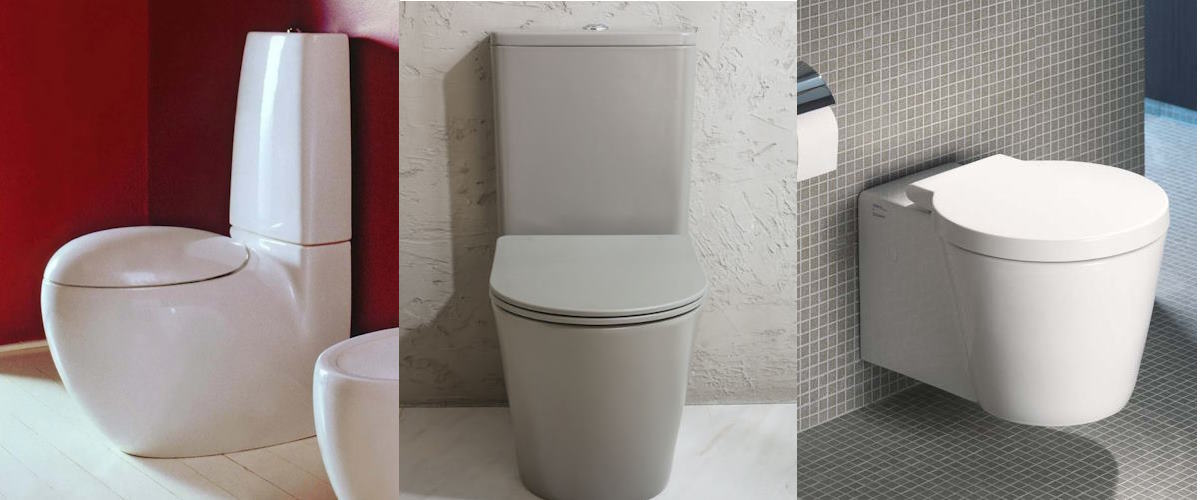
Hiding in plain sight
In the case of the toilet some designs have been developed to allow just that.
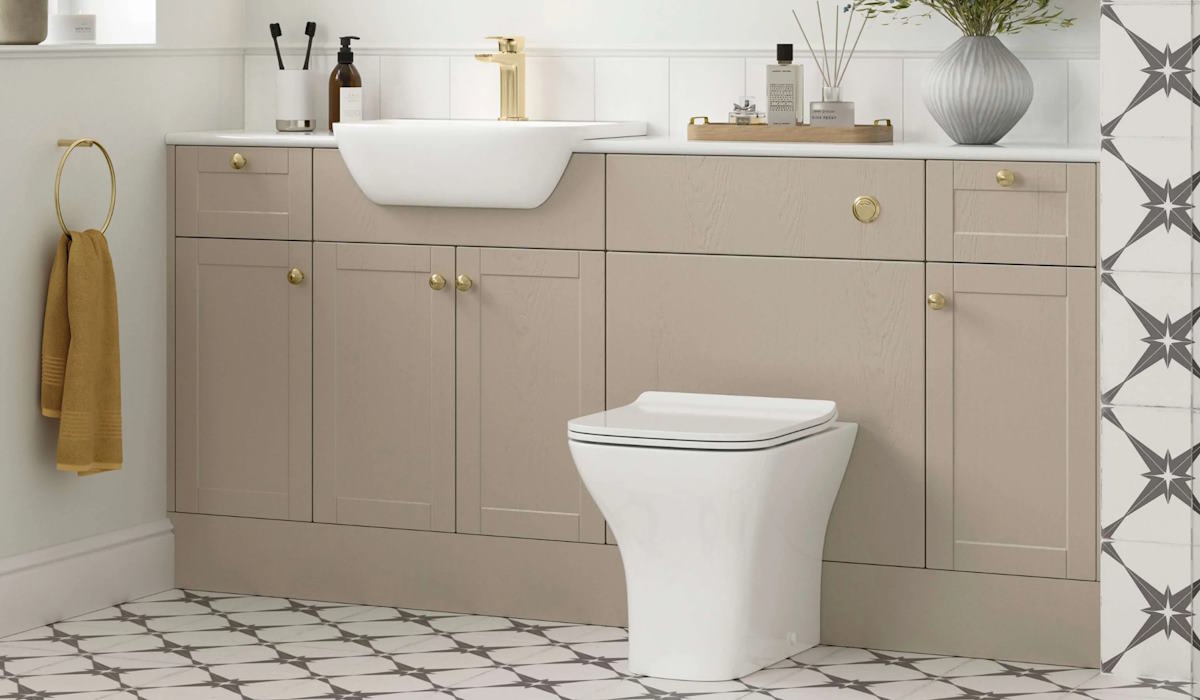
The concept of the concealed cistern is one such design.
Naturally as the cistern disappears, the toilet changes character and looks a lot less like the functional object it is, making it blend more easily into the bathroom setting. Designers can use this concept to make a toilet look less obvious, a particularly valuable trick when the trusty loo is positioned, for example, directly opposite a door, and relocation is hampered by plumbing constraints.
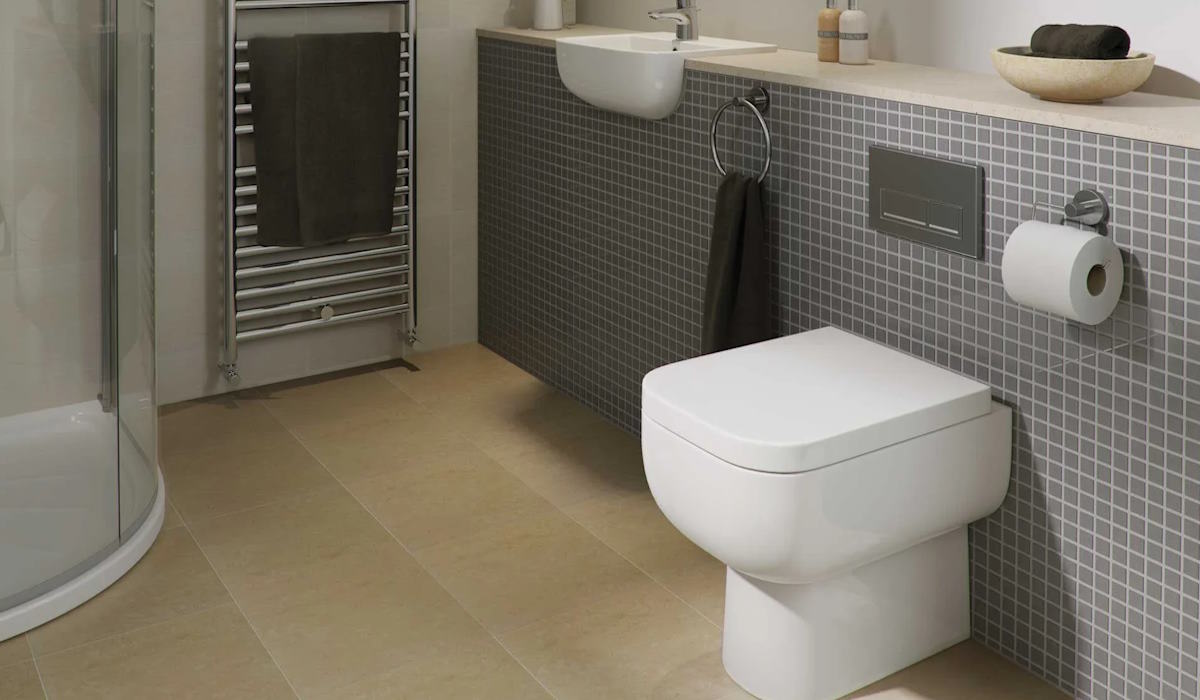
The Back to Wall Toilet Pan
sits on the floor and the rear fits flush against either a piece of furniture ( top picture) or a stud wall created as part of the design to house the cistern (bottom picture).
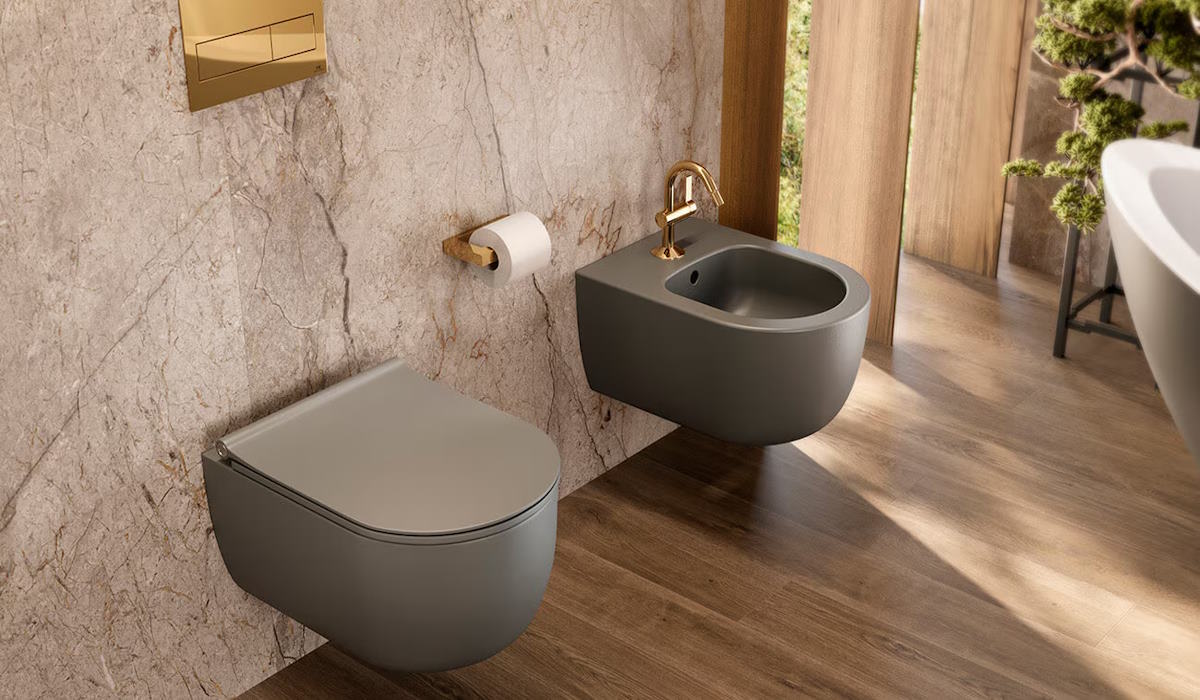
The Wall Hung Toilet Pan
A progression of the hidden cistern design is the wall hung toilet pan, where the toilet is suspended off the floor. This further reduces the bulk of the pan and the visible floor space created beneath helps to create a feeling of space. A matt coloured wall hung pan and matching bidet are pictured above.
In both the Back to Wall design and the Wall Hung style the flush buttons can be styled and coloured to match a design theme and to blend with other brassware in the bathroom.
Concealing a cistern is relatively simple and with careful thought it presents no problems for future plumbing adjustments or maintenance. It's also easy to get it wrong, so do seek advice from a specialist bathroom designer.

